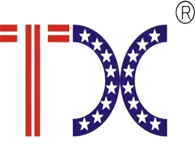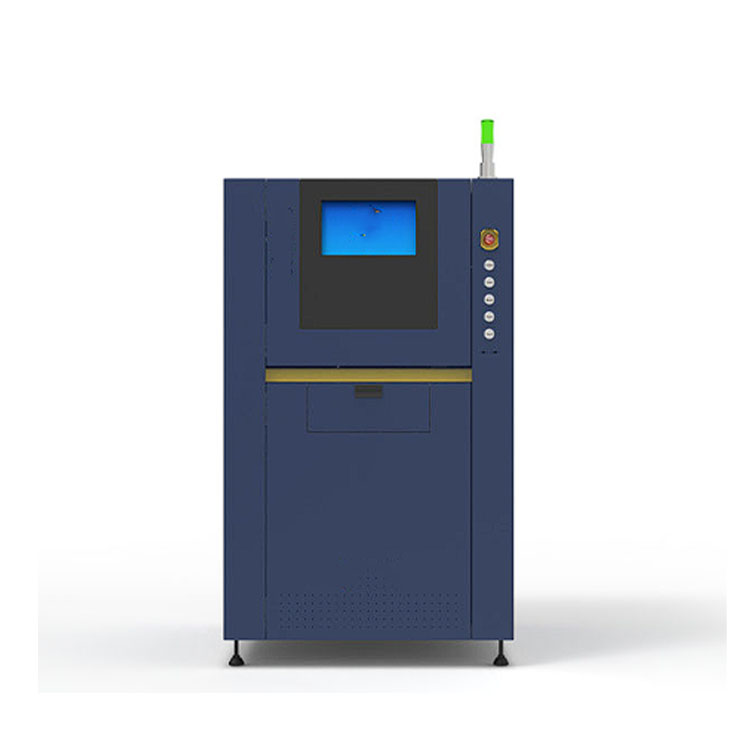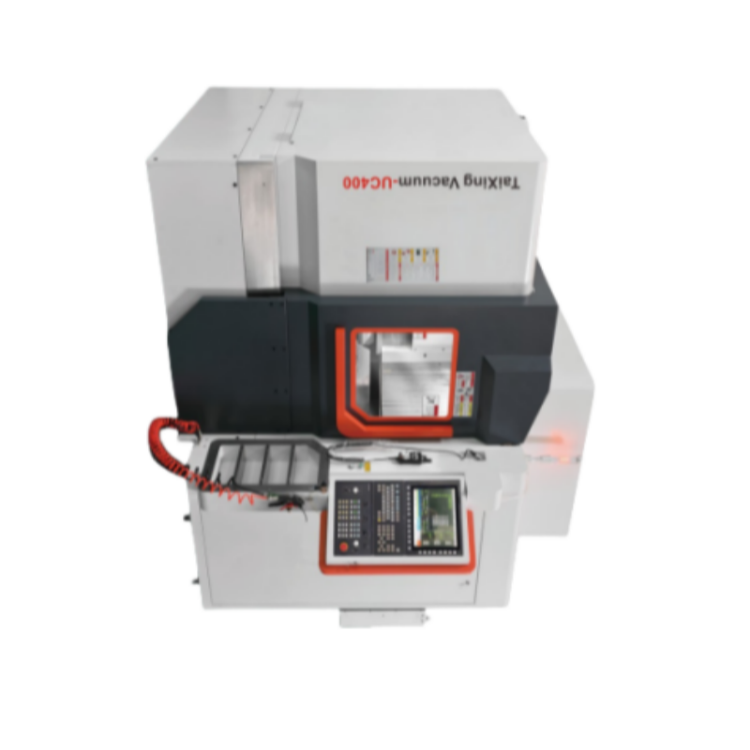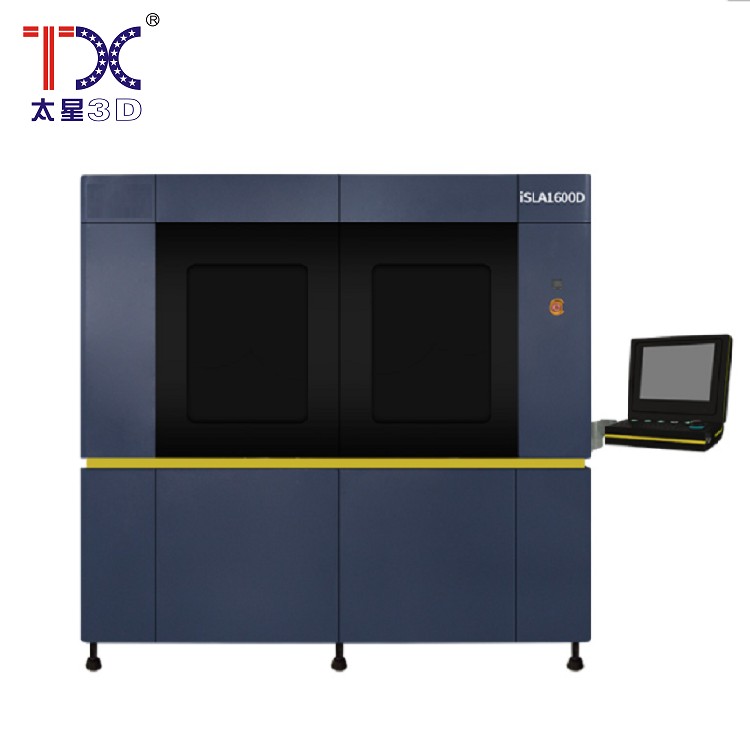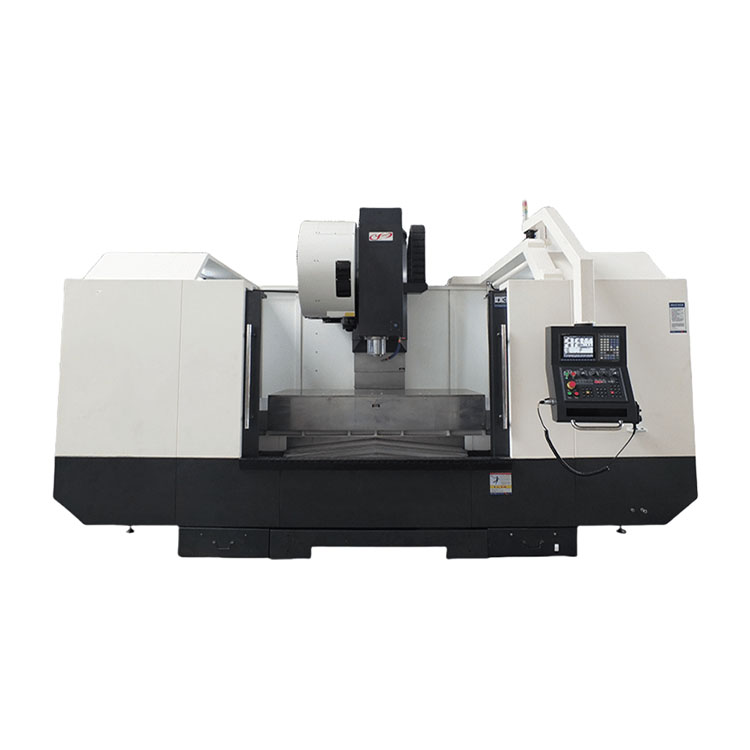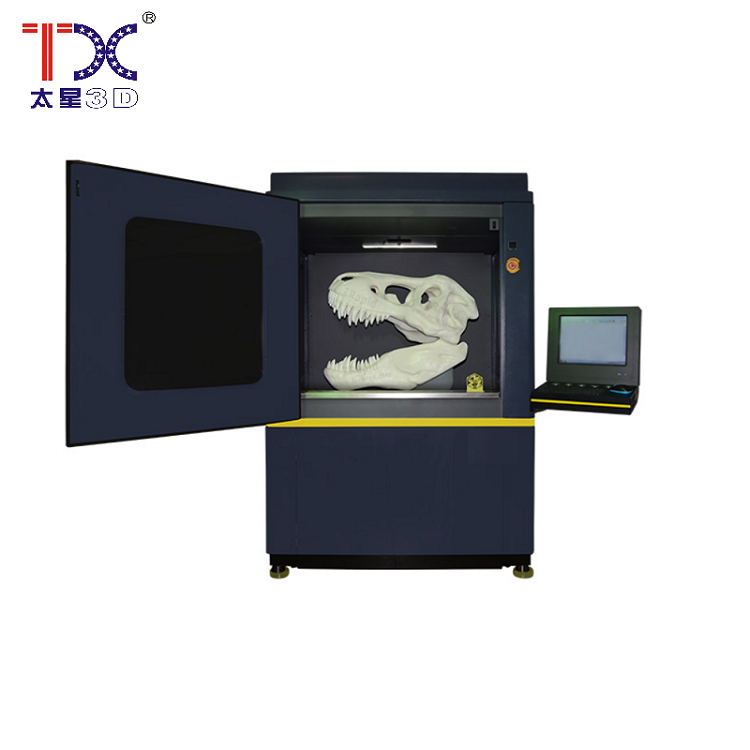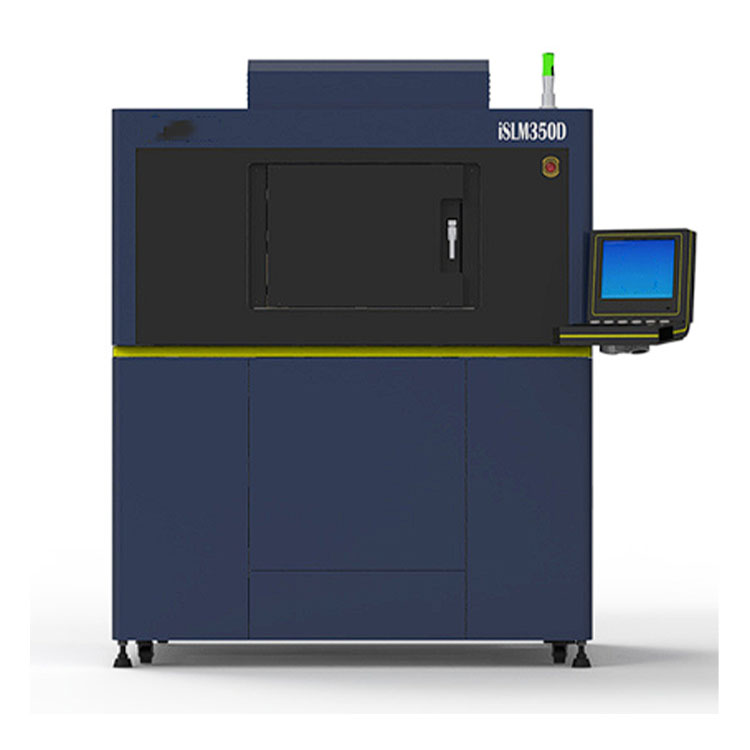
Most of the Oxes with CNC machines
Most of the Oxes with CNC machines
CNC machines (numerical management) are indispensable assistants in modern production. They allow you to make various parts with high accuracy and speed. But how do these miracles of technology work? The axis plays a key role. Let's figure out which axes are the most common and how they work.
Types of axes and their functions
The axes of the CNC machines are peculiar hands of the machine that move the tool or workpiece. The most common are the three main axes: X, Y and Z. The axis X is responsible for moving the right and left, the axis Y-forward-forth, and the axis Z-up and down. You can imagine this as a coordinate plane where the tool moves, controlled by digital teams. There are also additional axes, for example, A, B and C. They are responsible for rotation of the details around different axes, which allows you to create complex forms. For example, the axis A is responsible for the turn around the horizontal axis, the axis B is around the vertical, and the axis C is around the axis perpendicular to both previous ones. Each axis has its own servomotors and control systems that provide accurate positioning.
Accuracy and stability - the key to success
The accuracy of the positioning of the axes directly affects the quality of the resulting part. Imagine you are building a house. If the foundation is uneven, then the whole building will be crooked. The same with the details: the inaccuracy in moving the axes can lead to marriage. Therefore, the CNC machine management system, which is responsible for the operation of the axes, is developed with high accuracy and stability. This is achieved thanks to modern sensors and controllers. They monitor the position of the axes and make adjustments if there is a deviation from a given trajectory.
The role of the axes in various industries
The axes of the CNC machines are found in many industries: from the production of automobile parts to the creation of complex medical devices. They allow you to create parts with high accuracy necessary for accurate mechanisms, which makes them indispensable tools in the modern technological process. From complex metal parts to thin plastic elements - with the help of these? Machines can be created almost everything. That is why the improvement of the axes and control systems with CNC machines continues today, allowing you to create more and more complex and accurate products.
AppropriateProducts
Corresponding products
The best soldproducts
The best -selling products-
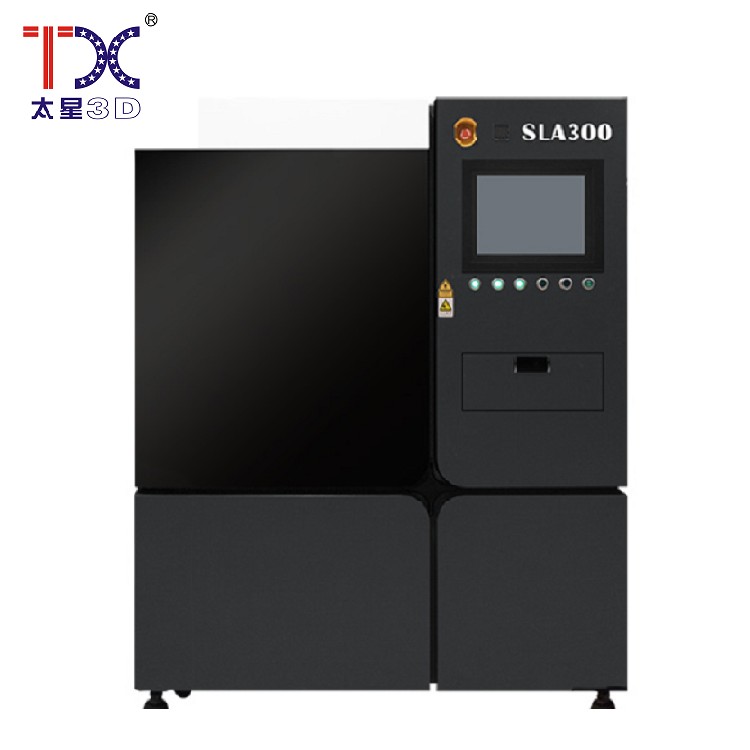 Taisin Light-adoptive 3D printer SLA300
Taisin Light-adoptive 3D printer SLA300 -
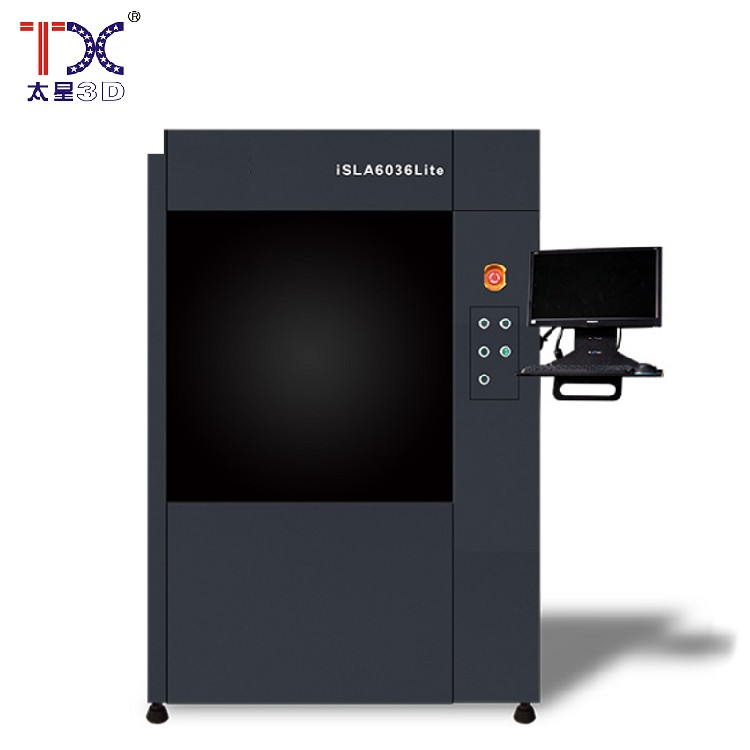 Taisin Light-adopted 3D printer SLA6036
Taisin Light-adopted 3D printer SLA6036 -
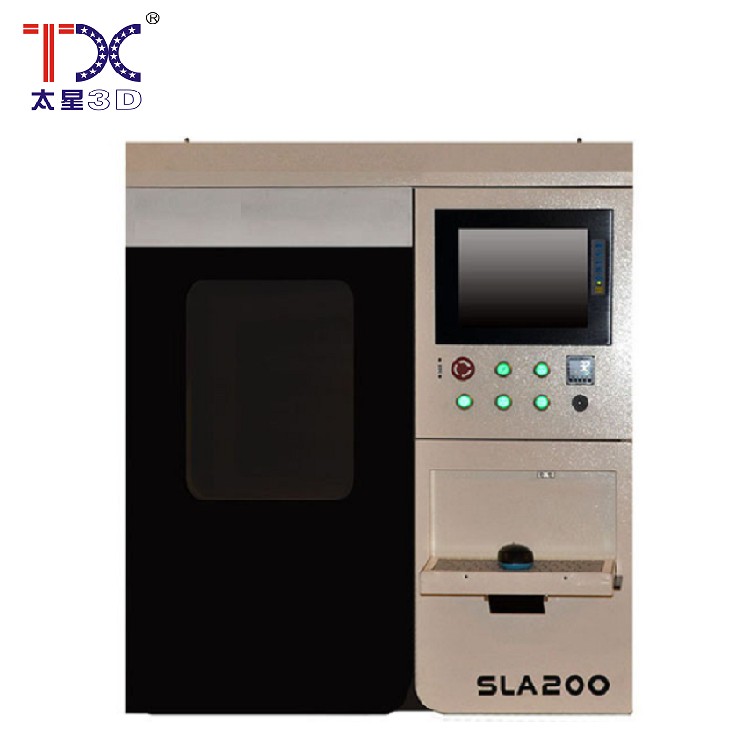 Taisin Light-adoptive 3D printer SLA200
Taisin Light-adoptive 3D printer SLA200 -
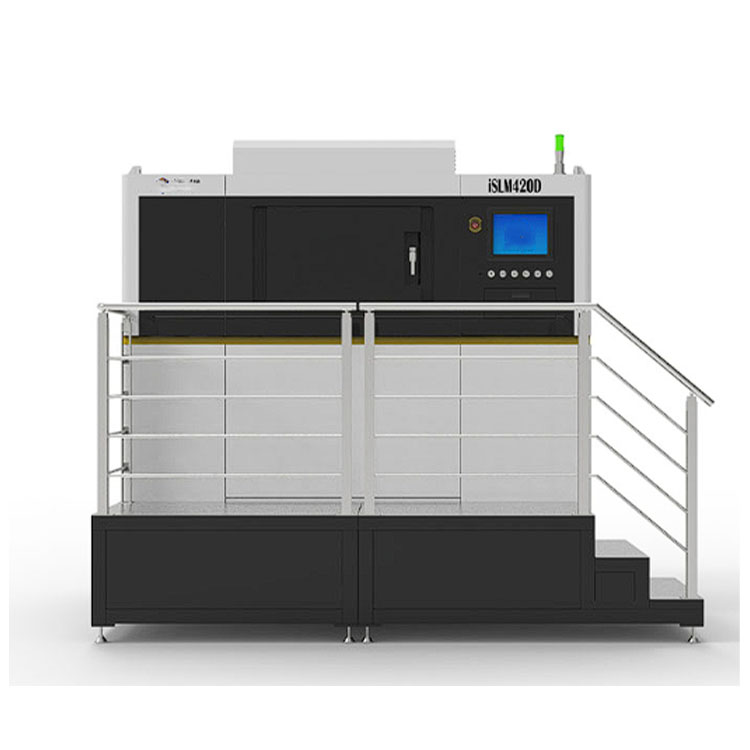 Taisin Metal 3D printer ISLM350DN
Taisin Metal 3D printer ISLM350DN -
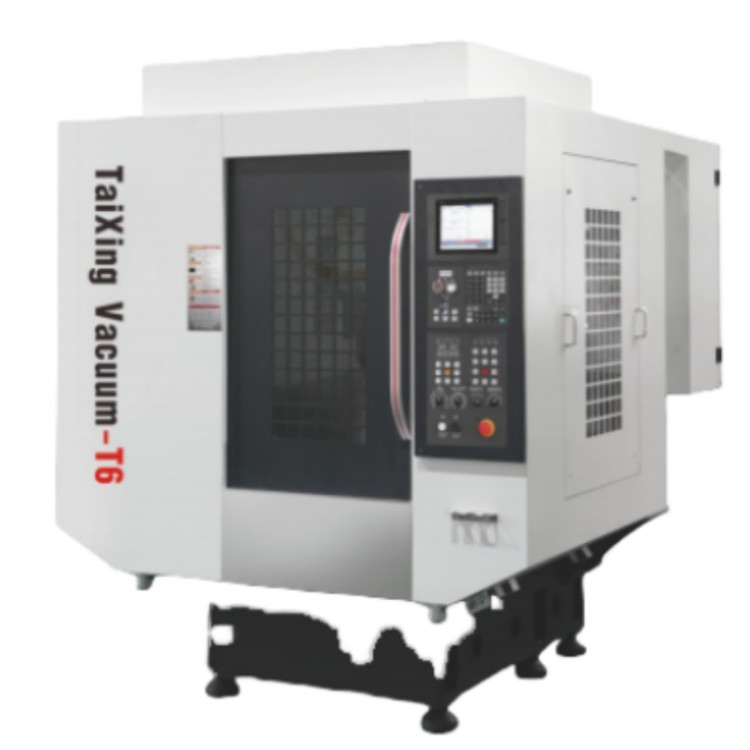 Taisin high-speed drilling and threaded machine TX-T6
Taisin high-speed drilling and threaded machine TX-T6 -
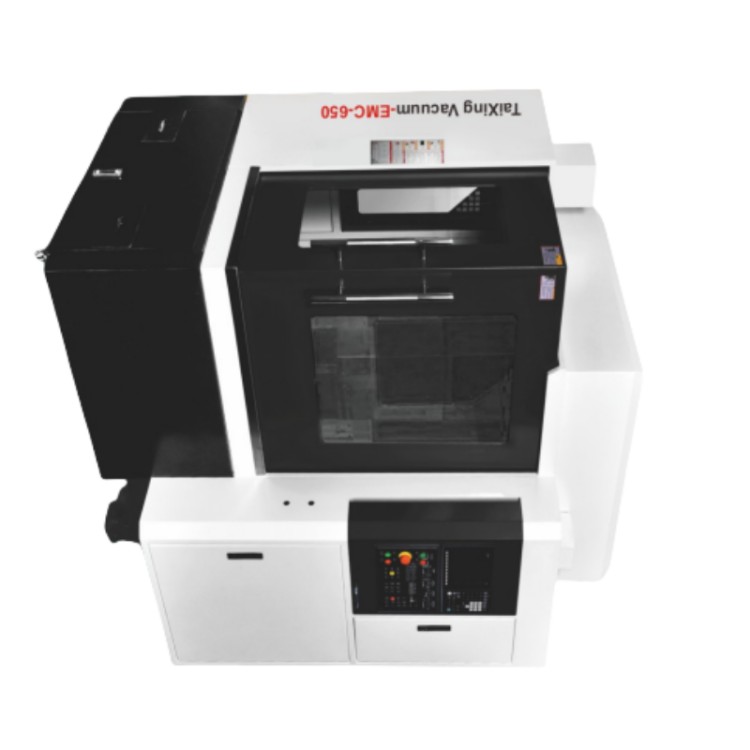 Taisin Gravity-milling machine EMC-650
Taisin Gravity-milling machine EMC-650 -
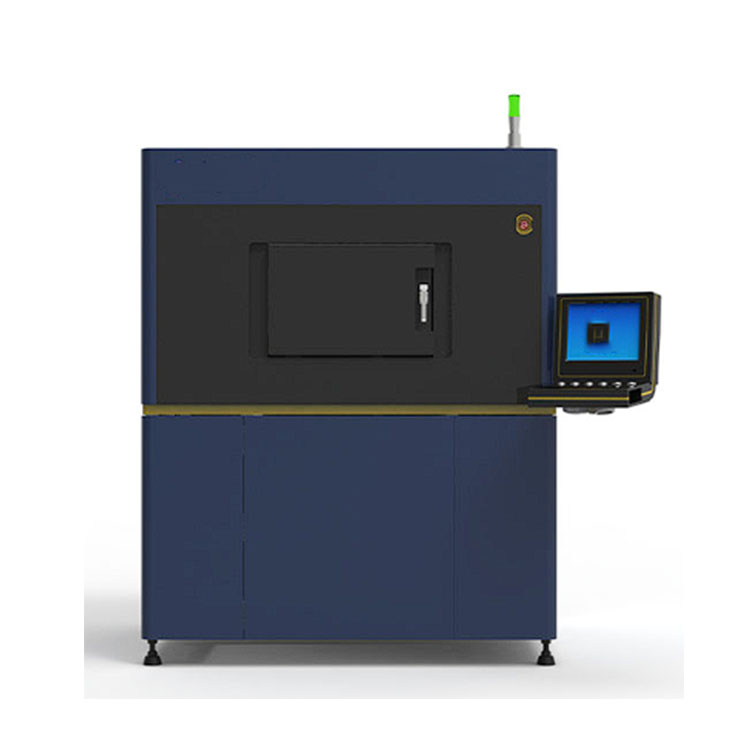 Taisin Metal 3D printer SLM280
Taisin Metal 3D printer SLM280 -
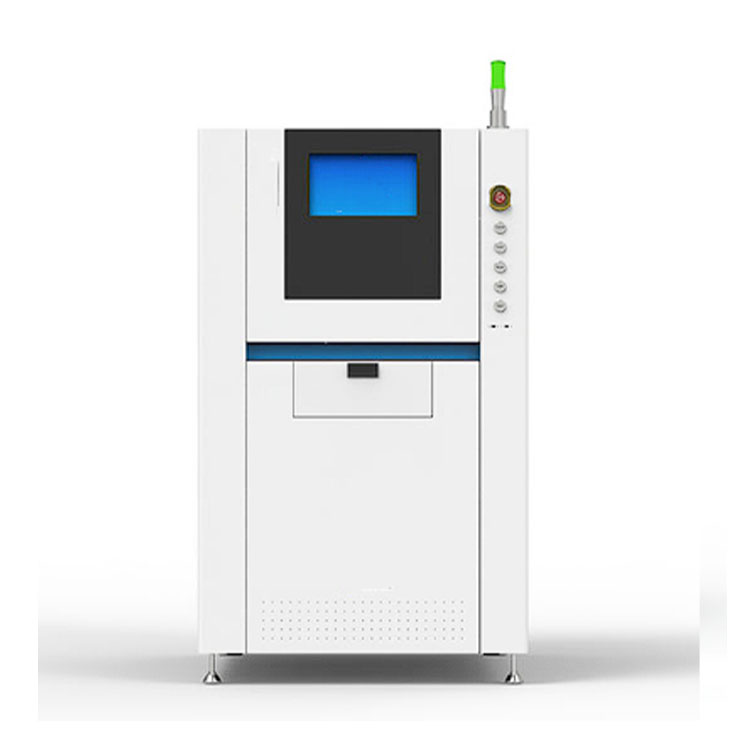 Taisin Metal 3D printer IDEN160
Taisin Metal 3D printer IDEN160 -
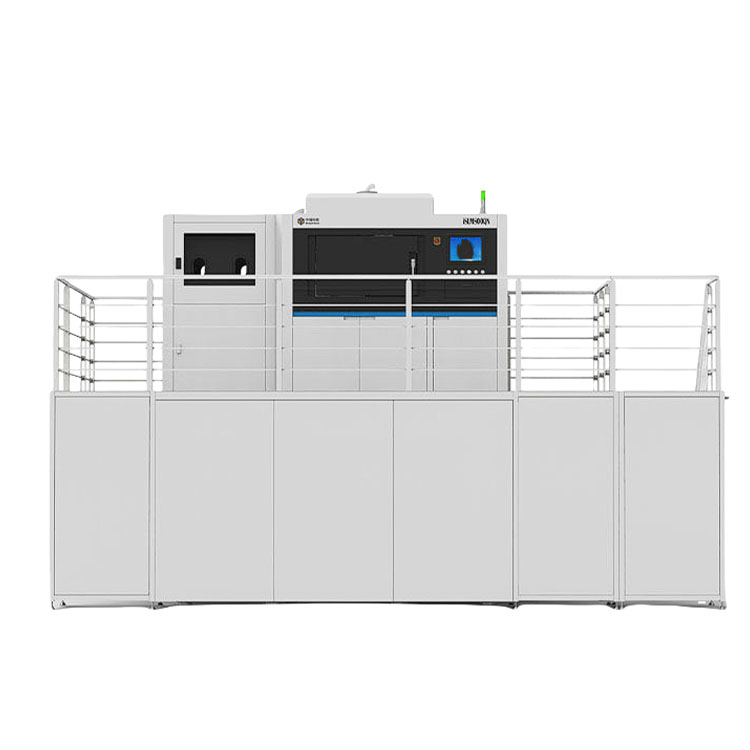 Taisin Metal 3D printer ISLM600QN
Taisin Metal 3D printer ISLM600QN -
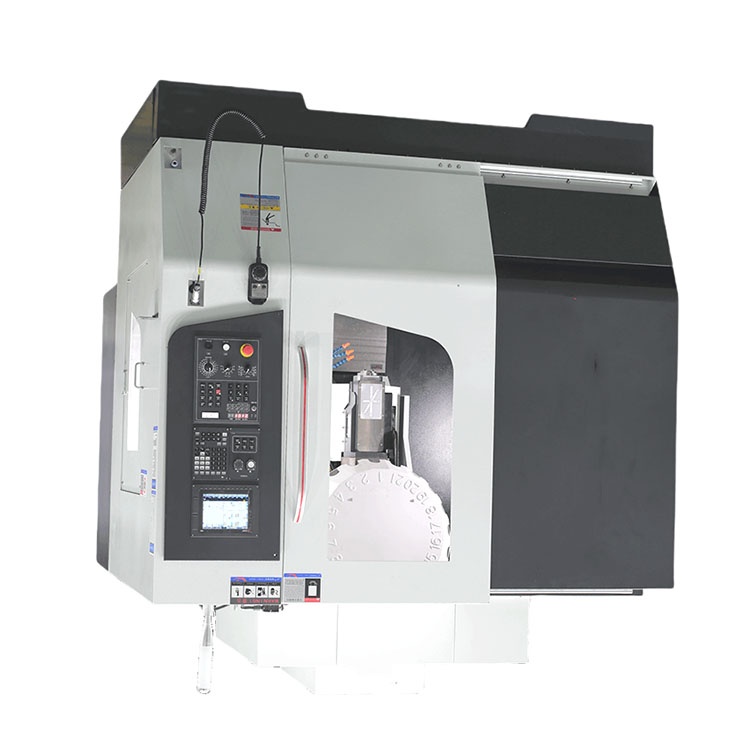 Taisin drilling and threaded-cutting machine with CNC TXT-700
Taisin drilling and threaded-cutting machine with CNC TXT-700 -
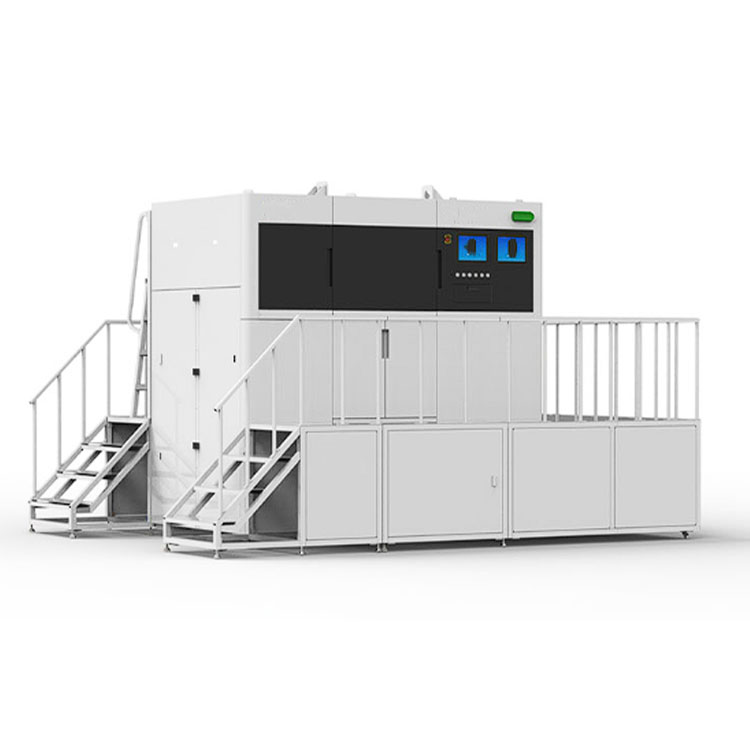 Taisin Metal 3D printer ISLM500D
Taisin Metal 3D printer ISLM500D -
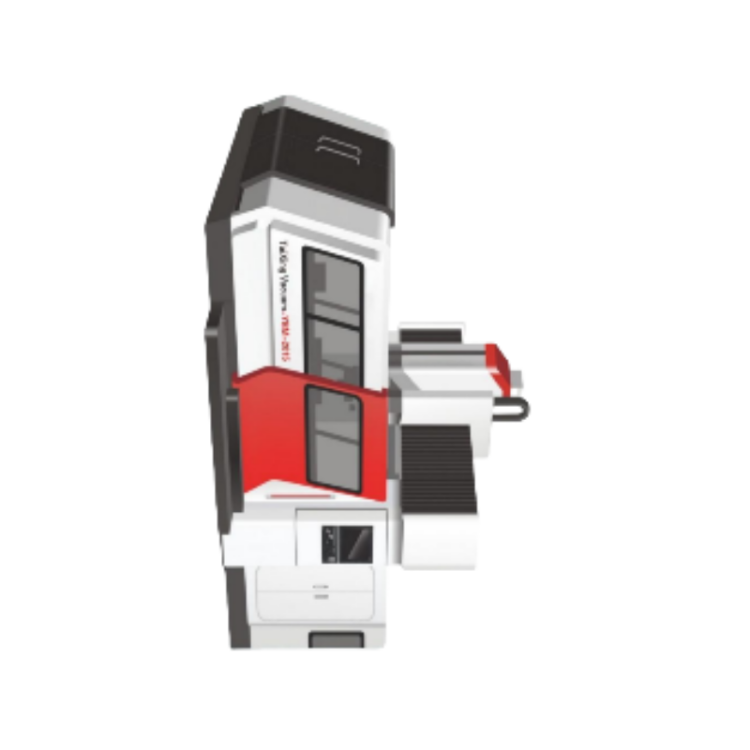 Taisin portal processing center YBM-2015
Taisin portal processing center YBM-2015
Connectedsearch
Related search- Cheap suppliers of 5-axis processing centers
- Chinese suppliers of 5-axial CNC desktop machines
- Cheap 5-axial manufacturers
- Cheap factories of CNC with four spindles
- Selective laser flowing plants (SLM) in China
- Cheap manufacturers of six -axis CNC machines
- 3D printing technologies in China
- 2-axial CNC machine PDF
- Cheap 3D prints of the factory model
- Industrial production of 3D printing
